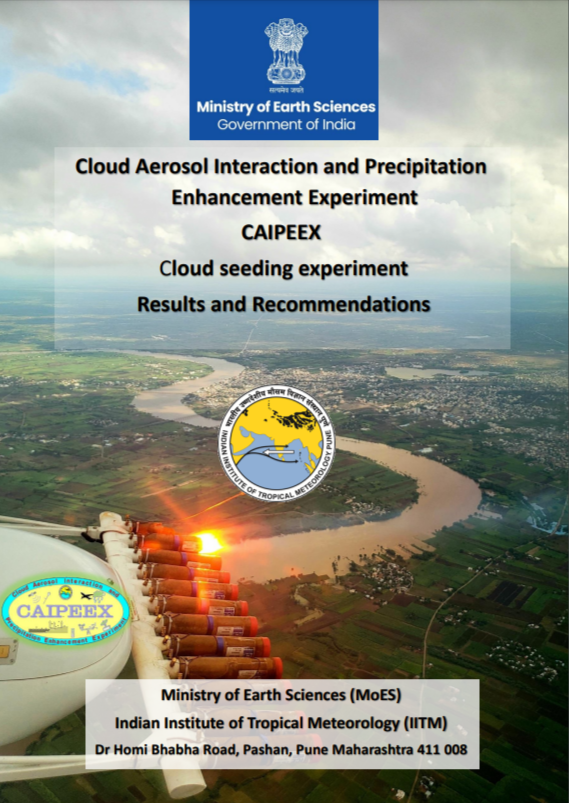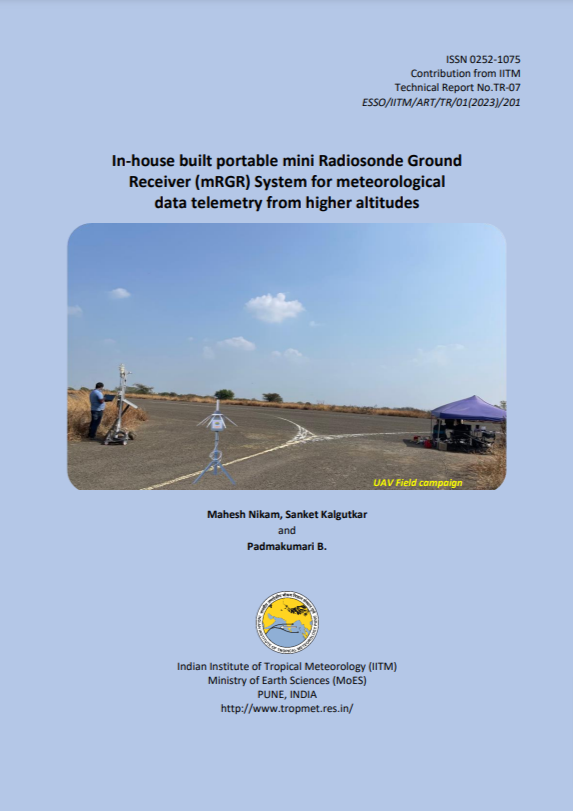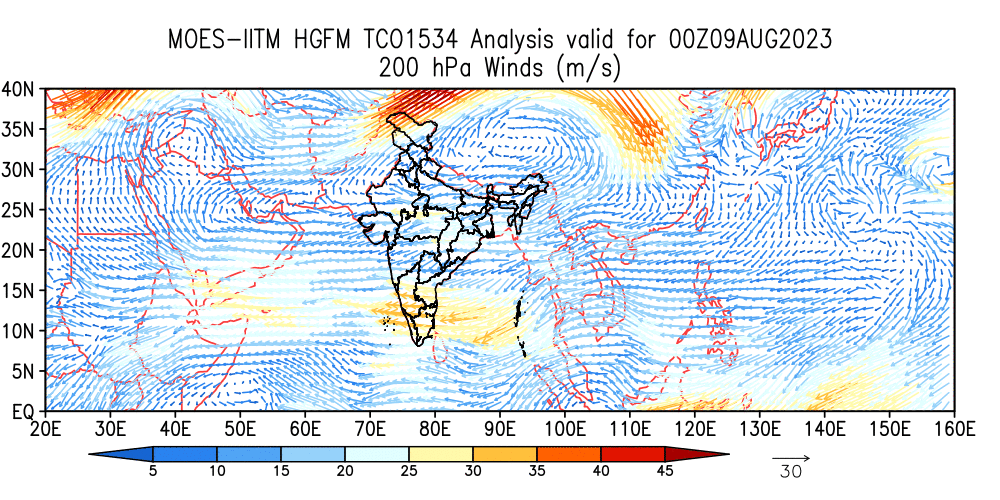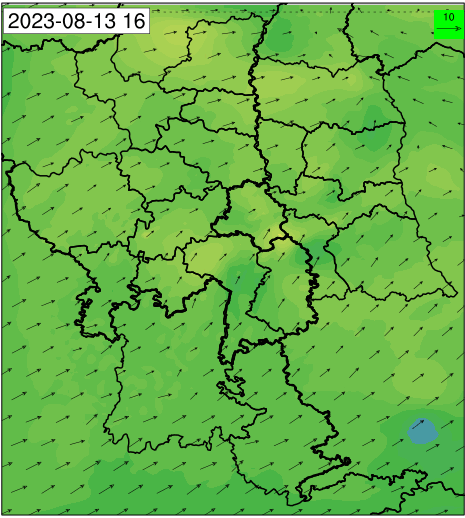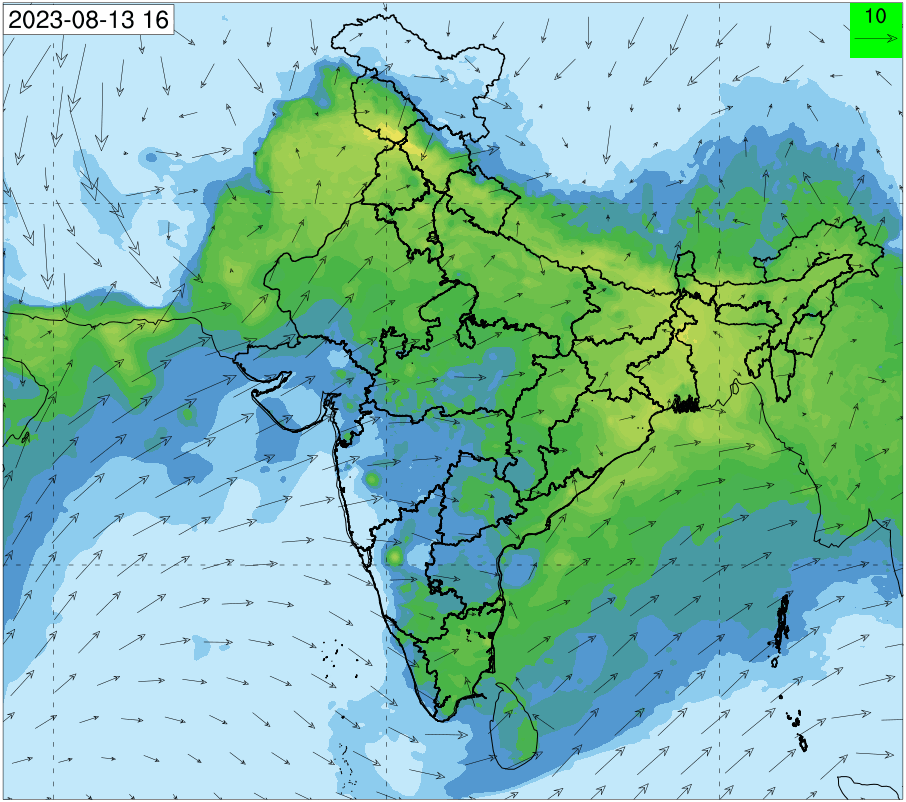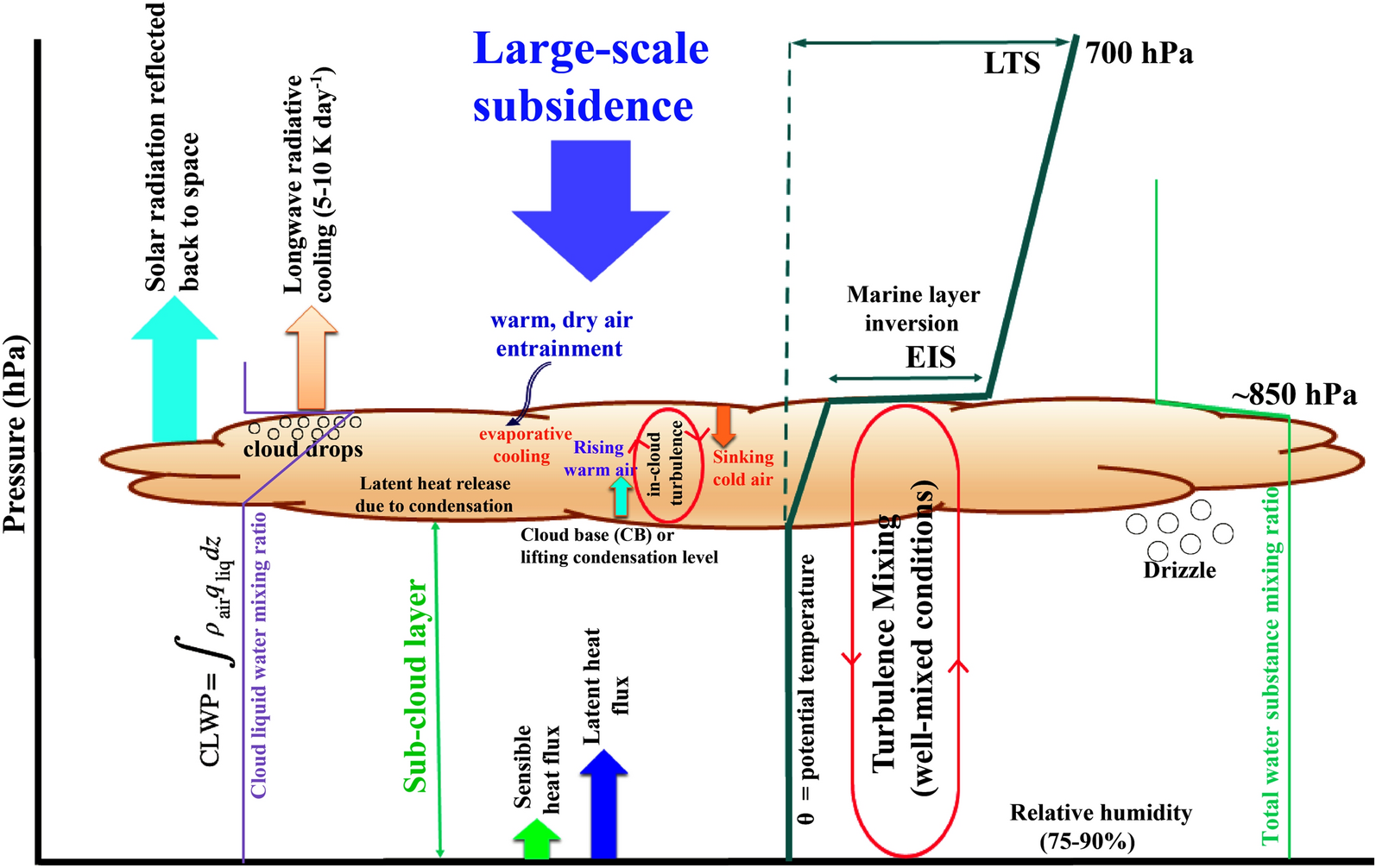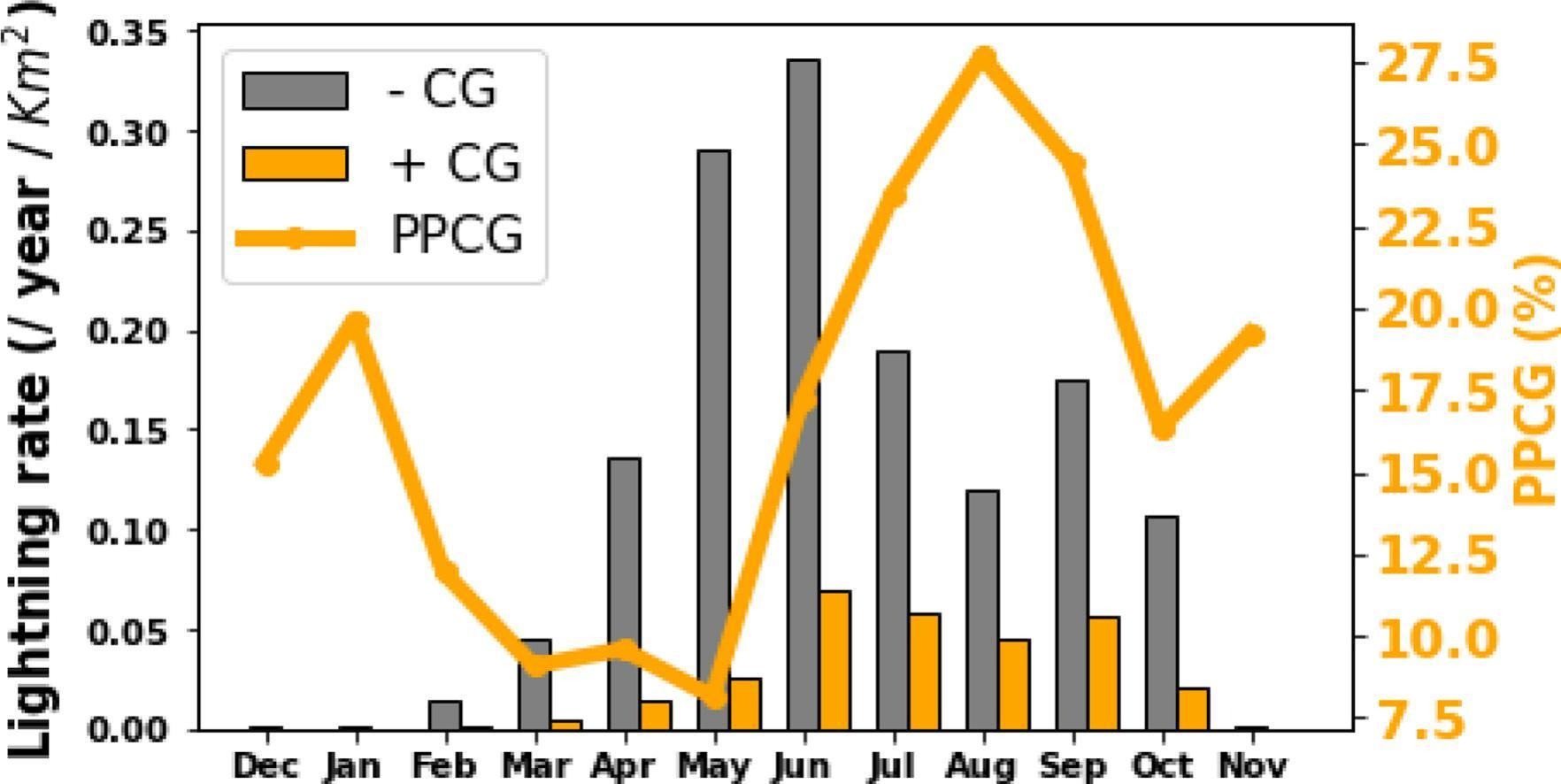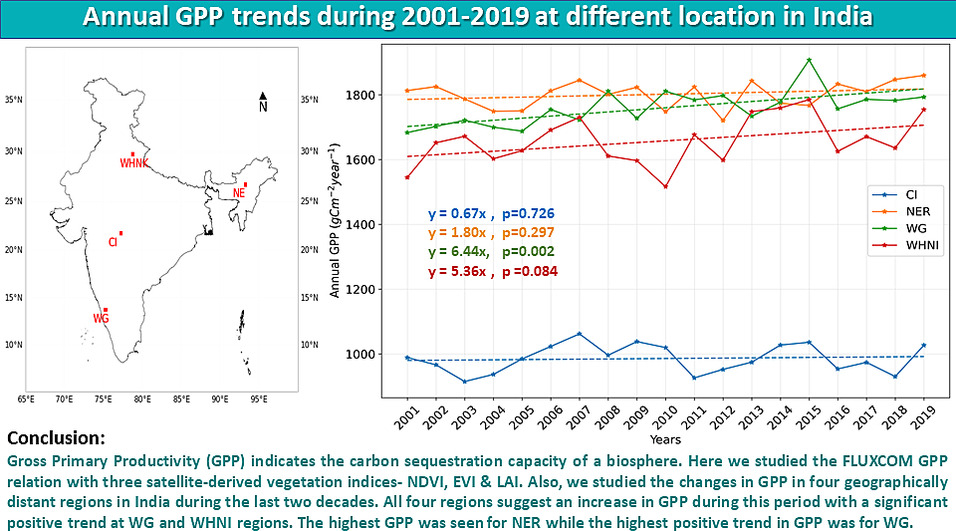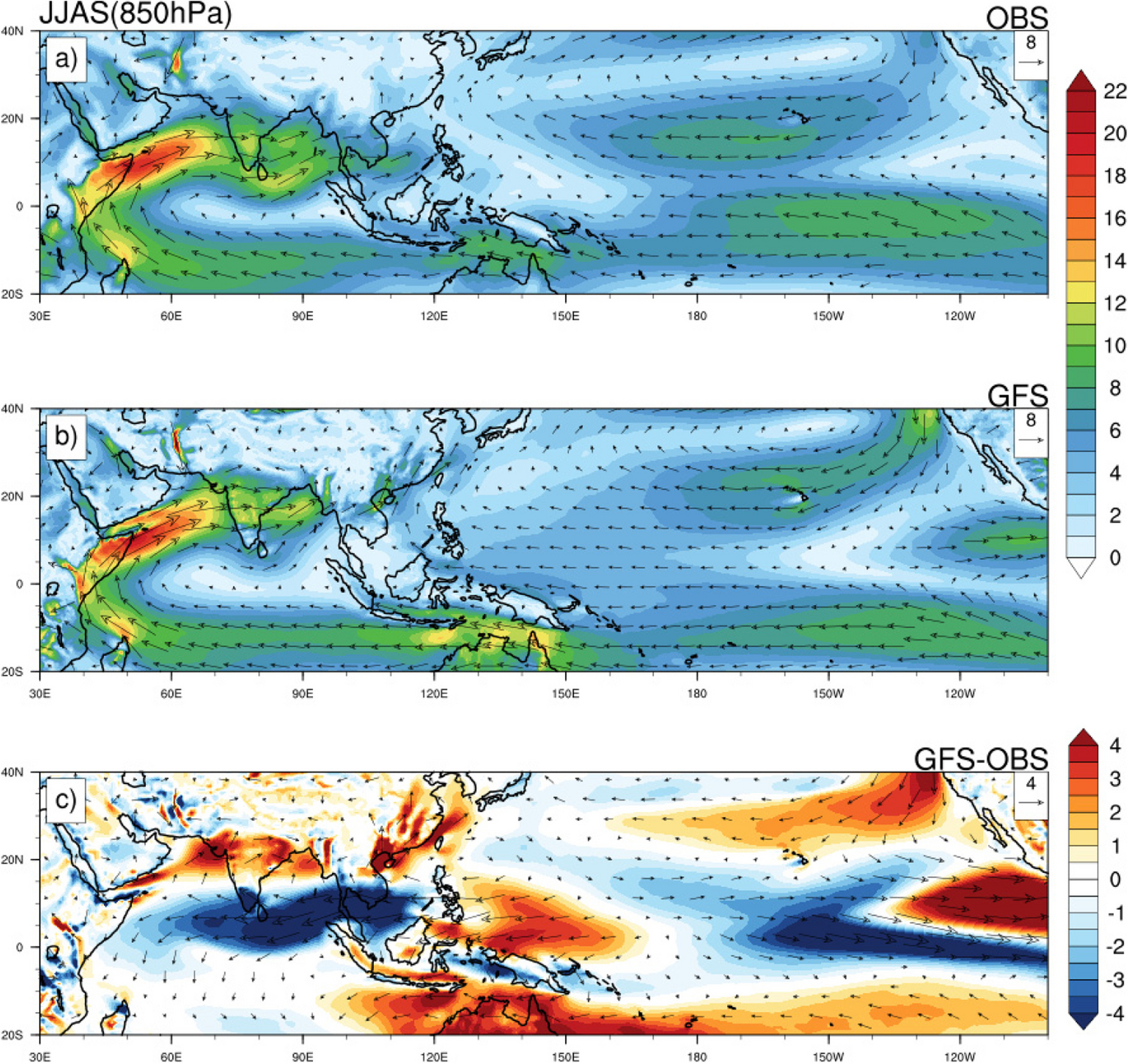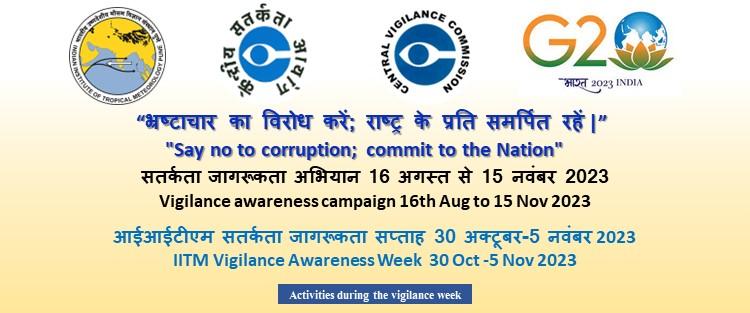Seminars / Lectures
IITM Publication Highlights
CAIPEEX - Indian cloud seeding scientific experiment
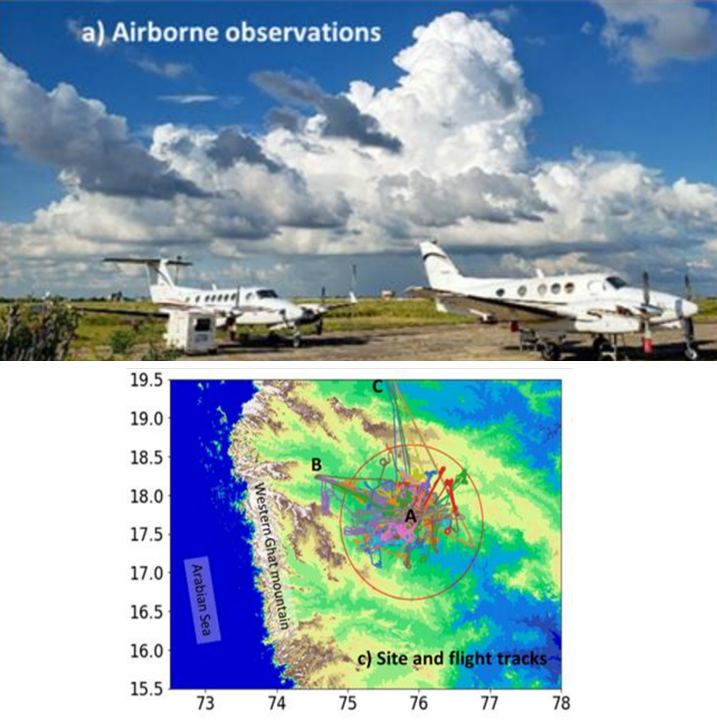 In the fourth phase of the Cloud Aerosol Interaction and Precipitation Enhancement Experiment (CAIPEEX-IV), a scientific investigation was conducted over a rain shadow region of the Western Ghats mountains in India. The primary objective was to investigate the efficacy of hygroscopic seeding in convective clouds and to develop a cloud seeding protocol. The initial results of the campaign in the monsoon period of 2018 and 2019 with two instrumented aircraft, a ground-based dual-polarization C-band radar, a network of rain gauges, radiosondes, and surface aerosol measurements are reported here. The hygroscopic seeding material was detected in cloud droplets and key cloud microphysical processes in the seeding hypothesis were tracked. The experimental results suggest that cloud seeding can be approached scientifically to reduce uncertainty. The results from this study should interest the scientific community and policymakers concerned with climate change’s impact on precipitation and how to mitigate rainfall deficiencies.
In the fourth phase of the Cloud Aerosol Interaction and Precipitation Enhancement Experiment (CAIPEEX-IV), a scientific investigation was conducted over a rain shadow region of the Western Ghats mountains in India. The primary objective was to investigate the efficacy of hygroscopic seeding in convective clouds and to develop a cloud seeding protocol. The initial results of the campaign in the monsoon period of 2018 and 2019 with two instrumented aircraft, a ground-based dual-polarization C-band radar, a network of rain gauges, radiosondes, and surface aerosol measurements are reported here. The hygroscopic seeding material was detected in cloud droplets and key cloud microphysical processes in the seeding hypothesis were tracked. The experimental results suggest that cloud seeding can be approached scientifically to reduce uncertainty. The results from this study should interest the scientific community and policymakers concerned with climate change’s impact on precipitation and how to mitigate rainfall deficiencies.
Prabhakaran Thara, Murugavel P., Konwar M., Malap N., Gayatri K., Dixit S., Samanta S., Chowdhuri S., Bera S., Varghese M., Jaya Rao Y., Sandeep J., Safai P.D., Sahai A.K., Axisa D., Karipot A., Baumgardner D., Werden B., Fortner E., Hibert K., Nair S., Bankar S., Gurnule D., Todekar K., Jose J., Jayachandran V., Soyam P.S., Gupta A., Choudhary H., Aravindhavel A., Kantipudi S.B., Pradeepkumar P., Krishnan R., Nandakumar K., DeCarlo P.F., Worsnop D., Bhat G.S., Rajeevan M., Nanjundiah R., Bulletin of the American Meteorological Society, 104, November 2023, DOI:10.1175/BAMS-D-21-0291.1, E2095–E2120
Read MoreMulti-year observations of particulate matter and gases over Mumbai: Spatio-temporal variation, oxidation ratios, and secondary aerosols
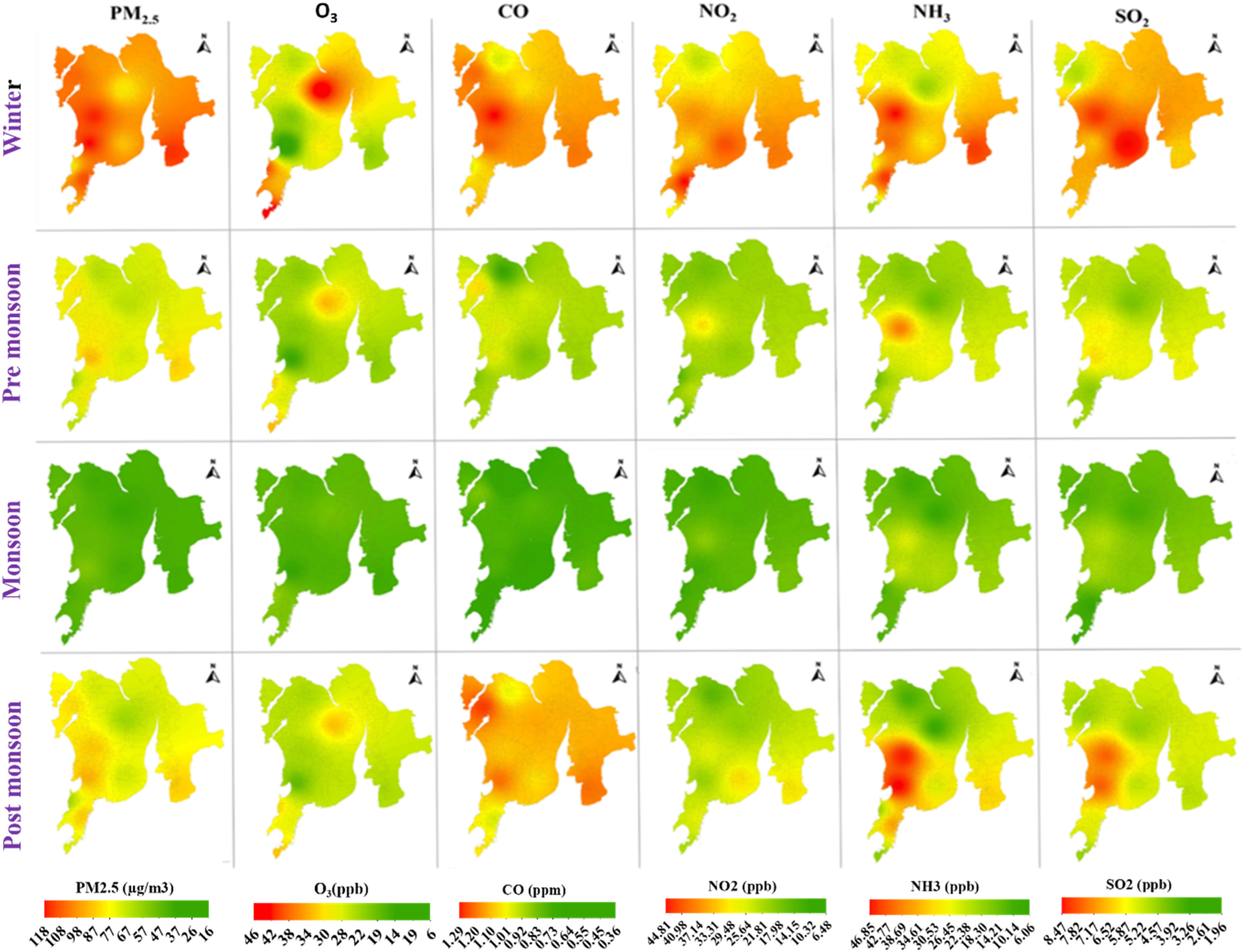 System of Air quality and weather Forecasting And Research (SAFAR-Mumbai) network hourly observations of air pollutants spanning half a decade are subjected to a Generalized Additive Model (GAM) to investigate the non-linear relationship of PM2.5 to other precursor gases and meteorological parameters. The Effective Degrees of Freedom (EDF), a statistic of GAM quantifying the non-linear relationship, reveals that PM2.5 is highly non-linearly dependent on NH3, SO2, and CO as inferred from the response curves exhibiting at least one inflexion point and threshold responses. PM2.5 is linearly related to NO2 (EDF = 1), while it is non-linearly related to other gases and meteorological parameters (EDF > 2). The frequency distribution of PM2.5 shows a sharp peak at 25 μg m−3 in monsoon and broad peaks in pre-monsoon (peak at 50 μg m−3), post-monsoon (peak at 60 μg m−3) and winter (peak at 100 μg m−3) indicating relatively large variability in winter and post-monsoon. Chemical analysis of PM2.5 shows a high contribution of four major ions in the order of SO42− > Cl− > Na+ > NH4+, mainly associated with anthropogenic and marine sources. The average sulphate oxidation ratio (SOR), nitrogen oxidation ratio (NOR), and neutralization ratio (NR) are up to 0.3, 0.04, and 0.27, respectively, indicating that SO2 is contributing majorly to secondary aerosol production. Monthly concertation of PM2.5, Ozone (O3), CO, NO2, SO2, and NH3 shows U-shaped variability with maximum in winter and minimum in monsoon.
System of Air quality and weather Forecasting And Research (SAFAR-Mumbai) network hourly observations of air pollutants spanning half a decade are subjected to a Generalized Additive Model (GAM) to investigate the non-linear relationship of PM2.5 to other precursor gases and meteorological parameters. The Effective Degrees of Freedom (EDF), a statistic of GAM quantifying the non-linear relationship, reveals that PM2.5 is highly non-linearly dependent on NH3, SO2, and CO as inferred from the response curves exhibiting at least one inflexion point and threshold responses. PM2.5 is linearly related to NO2 (EDF = 1), while it is non-linearly related to other gases and meteorological parameters (EDF > 2). The frequency distribution of PM2.5 shows a sharp peak at 25 μg m−3 in monsoon and broad peaks in pre-monsoon (peak at 50 μg m−3), post-monsoon (peak at 60 μg m−3) and winter (peak at 100 μg m−3) indicating relatively large variability in winter and post-monsoon. Chemical analysis of PM2.5 shows a high contribution of four major ions in the order of SO42− > Cl− > Na+ > NH4+, mainly associated with anthropogenic and marine sources. The average sulphate oxidation ratio (SOR), nitrogen oxidation ratio (NOR), and neutralization ratio (NR) are up to 0.3, 0.04, and 0.27, respectively, indicating that SO2 is contributing majorly to secondary aerosol production. Monthly concertation of PM2.5, Ozone (O3), CO, NO2, SO2, and NH3 shows U-shaped variability with maximum in winter and minimum in monsoon.
Korhale N., Anand V., Latha R., Murthy B.S., Atmospheric Pollution Research, 14: 101917, December 2023, DOI:10.1016/j.apr.2023.101917, 1-11
Read MoreStudy of atmospheric glyoxal using multiple axis differential optical spectroscopy (MAX-DOAS) in India
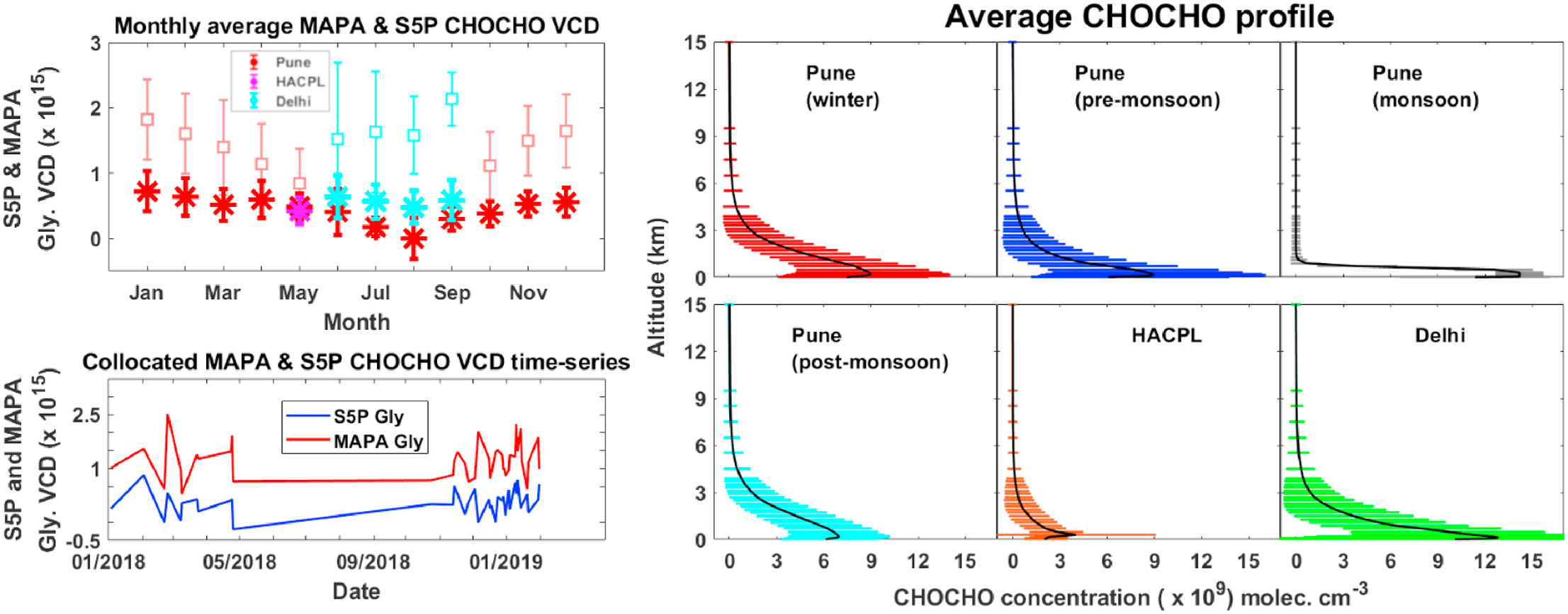 The atmospheric CHOCHO from three locations (Pune, Mahabaleshwar and Delhi) in India using Multi-Axis Differential Optical Spectroscopy (MAX-DOAS) observations was studied. Delhi showed the highest average CHOCHO VCD (1.57 ± 0.98 × 1015 molec. cm−2) and vmr (average of 0.43 ± 0.27 ppb), whereas Mahabaleshwar showed the lowest average VCD (0.66 ± 0.40 × 1015 molec. cm−2) and average vmr (0.08 ± 0.03 ppb) among the three sites. Average CHOCHO VCD (1.52 ± 0.66 × 1015 molec. cm−2) and vmr (0.33 ± 0.18 ppb) over Pune were close to but lower than Delhi. A large seasonal variation was observed in Pune, with the highest (1.82 ± 0.62 × 1015 molec. cm−2) and lowest (0.79 ± 0.45 × 1015 molec. cm−2) monthly average VCDs observed in January and May, respectively. This inter-annual pattern was observed in both ground-based and satellite observations. Satellite observations systematically underestimated the CHOCHO VCDs compared to ground-based observations.
The atmospheric CHOCHO from three locations (Pune, Mahabaleshwar and Delhi) in India using Multi-Axis Differential Optical Spectroscopy (MAX-DOAS) observations was studied. Delhi showed the highest average CHOCHO VCD (1.57 ± 0.98 × 1015 molec. cm−2) and vmr (average of 0.43 ± 0.27 ppb), whereas Mahabaleshwar showed the lowest average VCD (0.66 ± 0.40 × 1015 molec. cm−2) and average vmr (0.08 ± 0.03 ppb) among the three sites. Average CHOCHO VCD (1.52 ± 0.66 × 1015 molec. cm−2) and vmr (0.33 ± 0.18 ppb) over Pune were close to but lower than Delhi. A large seasonal variation was observed in Pune, with the highest (1.82 ± 0.62 × 1015 molec. cm−2) and lowest (0.79 ± 0.45 × 1015 molec. cm−2) monthly average VCDs observed in January and May, respectively. This inter-annual pattern was observed in both ground-based and satellite observations. Satellite observations systematically underestimated the CHOCHO VCDs compared to ground-based observations.
Biswas M.S., Mali P., Lerot C., Smedt I.D., Mahajan A.S., Atmospheric Environment, 314: 120109, December 2023, DOI:10.1016/j.atmosenv.2023.120109, 1-15
Read MoreImprovement in the skill of CMIP6 decadal hindcasts for extreme rainfall events over the Indian summer monsoon region
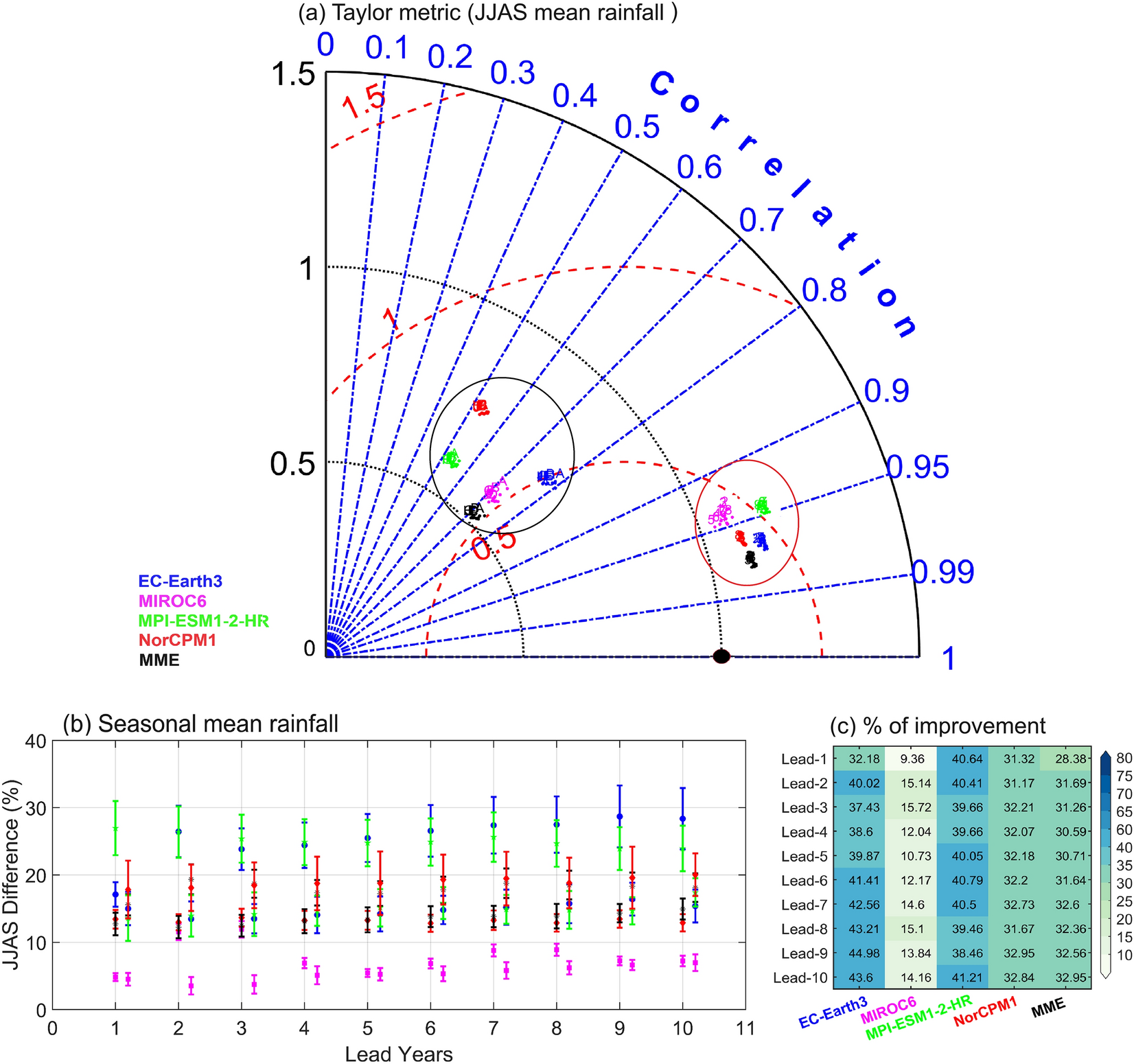 The study evaluates the quality of the Coupled Model Intercomparison Project phase-6 (CMIP6) Decadal Climate Prediction Project (DCPP) hindcasts in capturing the extreme rainfall events (EREs) over the monsoon core region during Indian summer monsoon season (June–September) up to lead years 1–10. in this study, For the first time, quantile mapping approach have been used to downscale and bias correct the DCPP CMIP6 simulation/hindcast rainfall for the better representation of EREs. Detailed analysis suggests that the models in general strongly underestimate the rainfall variability over the summer monsoon region. However, after the downscaling and bias correction, the representation of rainfall variability and intensity improved multifold. The bias-corrected decadal hindcasts in fact show~ 80% improvement in capturing the frequency, intensity, and spatial distribution of rainfall associated with the EREs. The study brought out a downscaled DCPP product, with potential prediction skill for EREs over India. It is important to highlight that the models predict an increase in the small and medium-area EREs as compared to the large-area EREs over the monsoon core region for the decade 2019–2028.
The study evaluates the quality of the Coupled Model Intercomparison Project phase-6 (CMIP6) Decadal Climate Prediction Project (DCPP) hindcasts in capturing the extreme rainfall events (EREs) over the monsoon core region during Indian summer monsoon season (June–September) up to lead years 1–10. in this study, For the first time, quantile mapping approach have been used to downscale and bias correct the DCPP CMIP6 simulation/hindcast rainfall for the better representation of EREs. Detailed analysis suggests that the models in general strongly underestimate the rainfall variability over the summer monsoon region. However, after the downscaling and bias correction, the representation of rainfall variability and intensity improved multifold. The bias-corrected decadal hindcasts in fact show~ 80% improvement in capturing the frequency, intensity, and spatial distribution of rainfall associated with the EREs. The study brought out a downscaled DCPP product, with potential prediction skill for EREs over India. It is important to highlight that the models predict an increase in the small and medium-area EREs as compared to the large-area EREs over the monsoon core region for the decade 2019–2028.
Konda G., Chowdary J.S., Gnanaseelan C., Parekh A., Scientific Reports, 13: 21737, December 2023, DOI:10.1038/s41598-023-48268-1, 1-13
Read MoreNew Publications
Low clouds over the subtropical Indian Ocean and sub-seasonal circulation associations with the Indian summer monsoon
Gokul T., Vellore R.K., Ayantika D.C., Divya V., Krishnan R., Reji M.J.K., Climate Dynamics, Online, December 2023, DOI:10.1007/s00382-023-07011-2, 1-38
Observation of a dramatic increase in the positive cloud-to-ground lightning in the Indian summer monsoon season
Ghosh Rakesh, Mudiar D., Pawar S.D., Domkawale M. A., Syed H.Ali, Hazra A., Gopalakrishnan V., Atmospheric Research, Online, November 2023, DOI:10.1016/j.atmosres.2023.107119, 1-14
Understanding carbon sequestration trends using model and satellite data under different ecosystems in India
Gupta S., Deb Burman P.K., Tiwari Y.K., Dumka U.C., Kumari Nikul, Srivastava A., Raghubanshi A.S., Science of The Total Environment, 897: 166381, November 2023, DOI:10.1016/j.scitotenv.2023.166381, 1-8
Role of south-west Indian orography in modulating large-scale monsoon circulation
Das Renu S., Rao Suryachandra A., Pillai P.A., Pradhan M., Srivastava Ankur, Theoretical and Applied Climatology, 154, November 2023, DOI:10.1007/s00704-023-04597-9, 1277–1290
PDF Publisher LinkIITM Events
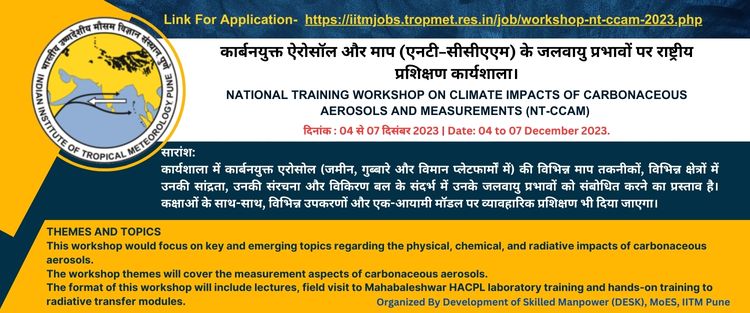
National Training Workshop On Climate impacts of carbonaceous Aerosols and Measurements (NT-CCAM)
(04-07 December 2023)
A 4-day workshop for early career research fellows/Master students on the aspect of climate impact of carbonaceous aerosols mainly focusing on its measurement techniques was organized by DESK, IITM Pune.

IITM Foundation Day 2023
(17 November 2023)
IITM celebrated its 62nd Foundation Day on 17th November 2023. Shri Nilesh M. Desai, Director, SAC, Ahmedabad was the Chief Guest and Prof. Janardhan Padmanabhan, INSA Senior Scientist, PRL, Ahmedabad and Prof. Trenton Franz, Associate Professor, University of Nebraska, Lincoln, USA were the Guests of Honor on this occasion.

Visit of Hon’ble Minister of Earth Sciences to HACPL
(05 October 2023)
The Hon’ble Cabinet Minister of Earth Sciences, Govt. of India, Shri Kiren Rijiju visited High Altitude Cloud Physics Laboratory (HACPL) at Mahabaleshwar on 5 October 2023 to review the ongoing observational research activities at the lab.

